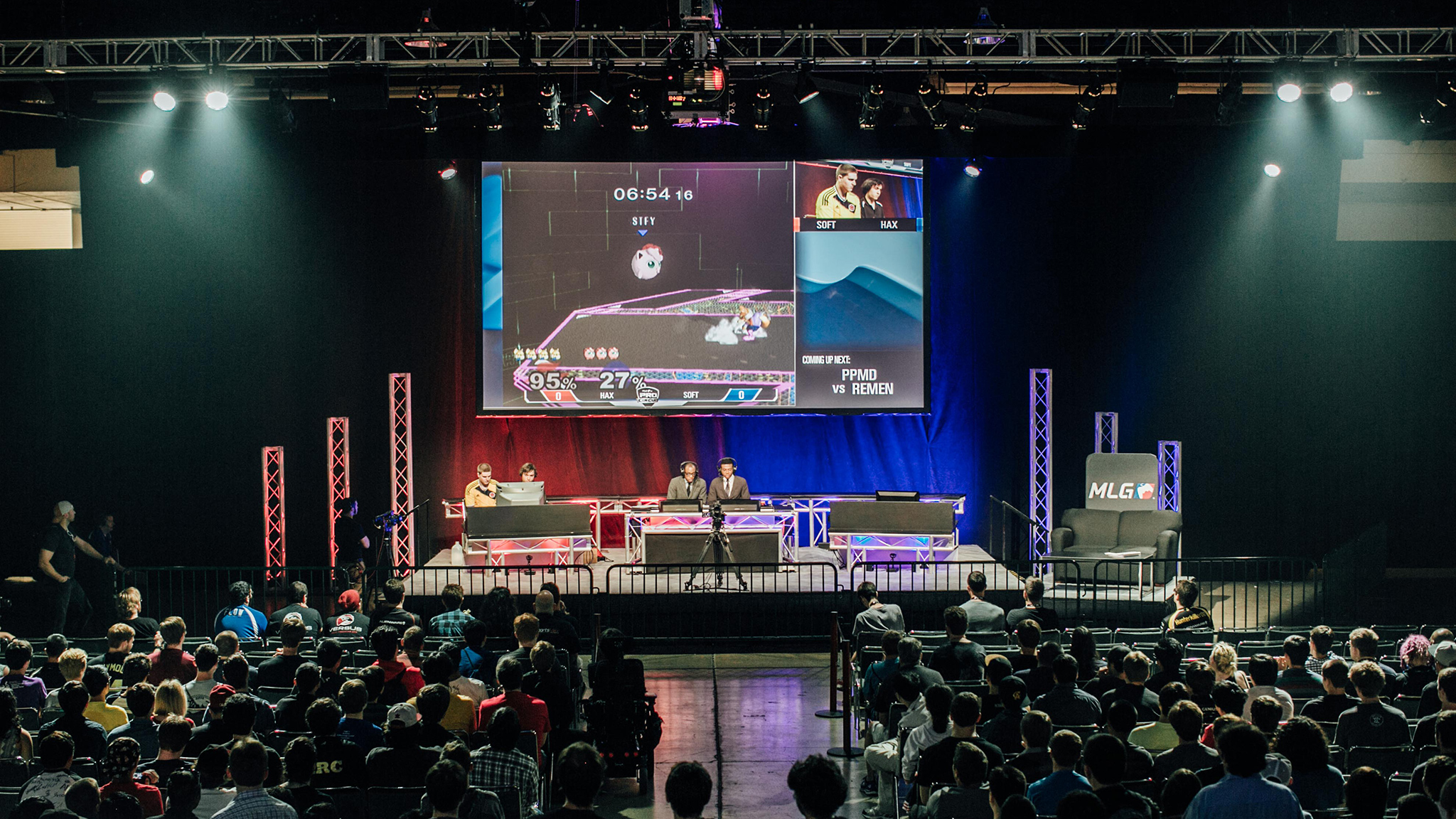For regular athletes and even some eSports teams, dealing with ravenous fans is a headache that can make competing at a high level difficult. Usually, there are natural barriers/security at events to make sure the competitors can play at the top of their game; and now, Smash players are asking for the same kind of treatment.
At Shine 2016 (a yearly Smash tournament held in Boston) top players were provided a VIP room if they wanted to get away from the fans. This started a “discussion” across Twitter about whether or not this kind luxury should be provided to certain players.
In a series of tweets, Smash player William Hjelte (TSM Leffen) explains what him and his peers experience with the fanbase:
-
1.) Once you get to a certain size, almost all communities sooner or later implement VIP/backstage etc. Smash is going through that.
-
2.) I get why you dislike it, I’d love if it didn’t exist as well. But see what u think when you get interrupted for selfies 100+ times per day.
-
3.) I really feel like a huge part of the drama is people not realizing how insanely different fan culture is between FGC and smash.
-
4.) .
@toph_bbq let’s not pretend, we all know that there’s still a bias against smash in the FGC and perhaps jealousy now from being surpassed.
Many figures in the FGC (the “Fighting Game Community”, which consists of a group of people who primarily play Capcom fighters) have spoken out against this preferential treatment, claiming that the Smash community is getting ahead of itself. While both fanbases often go to the same events, there has been animosity between the two groups in the past.
Prominent FGC member Kenneth “K-Brad” Bradley posted this video in response to the drama, saying that the Smash community has a long way to go before reserved VIP areas become necessary.
“… that (the Smash community being bigger than the FGC) doesn’t take away from the fact that you need to support these fans the way that they support you,” Bradley said. “They’re flying from one country to another just to see their favorite player.”
Bradley continues by saying that until you can walk down the street and ask a random person about Smash events and get a reaction, the Smash community hasn’t reached a level of fame to warrant special treatment.
As for stream numbers, at EVO 2016, which is the biggest fighting game tournament of the year, Super Smash Bros. Melee had 232,900 total viewers at its peak, while Street Fighter V, the FGC’s biggest game, brought in 213,927 viewers at peak. To compare that to the World Championship of League of Legends in 2015, the MOBA brought in 14 million viewers during grand finals.
It certainly brings up the question of how these competitors should be treated, and if players owe the fans who support them anything. It’s also worth considering that the relationship between eSports personalities and their fanbase is considerably different than a normal athlete. The fans subscribe to their Twitch channels, donate to their streams, and interact with them differently than they would a regular sports figure. But does that still give them the right to badger a player for a selfie while they’re preparing for Top 8?
Even if eSports doesn’t interest you, it’s a watershed moment in gaming when even the biggest names of some of these smaller communities are starting to elevate to celebrity status.
Did you know you can report news for us too? Anyone can report the news, or post a review on gamelust.com, AND have a chance to become featured on our homepage! All you need to do is log in or register with us and add your voice today!











